Every Rolling Stones Album, Ranked

The self-proclaimed “Greatest Rock and Roll Band in the World,” the Rolling Stones formed in London in 1962, with founding guitarist Brian Jones naming the band after “Rollin’ Stone” by Muddy Waters and helping select its early repertoire of blues and Chuck Berry covers. As British bands began ruling the U.K. and American charts in the mid-‘60s, the songwriting partnership of Stones singer Mick Jagger and his childhood friend, guitarist Keith Richards, propelled the band to the upper echelons of the new music scene, rivaling only the Beatles for sheer quality.
The expert rhythm section of drummer Charlie Watts and bassist Bill Wyman completed the band’s classic ‘60s lineup, with Jones picking up new instruments like sitar and vibraphone as the Stones released more adventurous albums in the psychedelic era.
More from Spin:
Jones, struggling with drugs and drifting away personally and musically from his bandmates, was fired from the Stones in June 1969 and was found dead in a swimming pool weeks later. From then on, the Stones simply never stopped, and have employed a revolving lineup around the nucleus of Jagger and Richards. Guitarist Mick Taylor of John Mayall’s Bluesbreakers joined for a string of enduring albums such as Sticky Fingers and Exile on Main St., and was replaced in 1975 by Faces guitarist Ron Wood, who has been in the band ever since. Even following Wyman’s retirement in 1993 and Watts’ death in 2021, the massively profitable tours have continued.
Studio recordings, however, have grown fewer and farther between. Hackney Diamonds, arriving Oct. 20 on Polydor, is the band’s first collection of new songs in 18 years, as well as its first without Watts, who recorded two songs for it before his passing. Below, we’ve ranked all of the Stones’ proper studio albums, including Hackney Diamonds, defaulting to the original U.K. versions of early albums rather than the numerous international variations thereof.
24. Dirty Work (1986)
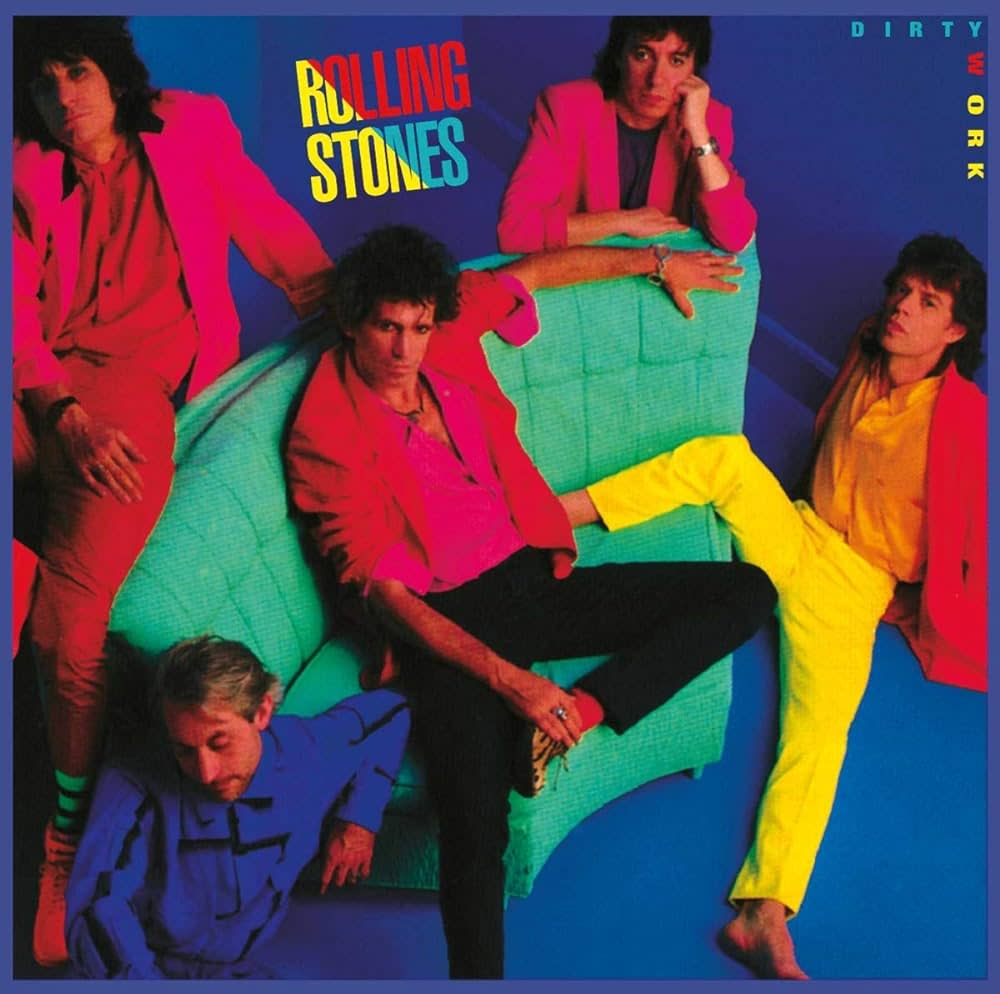
The Stones have famously never broken up, but if they had split at any point in the last 60 years, it probably would’ve happened in the mid-‘80s. A rift between Jagger and Richards grew when the former released his 1985 platinum solo debut She’s the Boss, and Watts was privately struggling with heroin addiction, which kept the band off the road for the better part of the Reagan era. For all those reasons and more, Richards had a larger hand than usual in shaping Dirty Work, which has a sour overall mood. It’s unclear who wrote the lyrics to “Had It With You,” but it seems to nicely sum up how both of the Glimmer Twins felt about each other at the time. Richards had just played on the Tom Waits art rock classic Rain Dogs, and brought Waits in to sing backup on the hit cover of Bob & Earl’s “Harlem Shuffle,” but Dirty Work is the sound of some of the coolest guys in the world making a hopelessly uncool record.
23. Bridges to Babylon (1997)
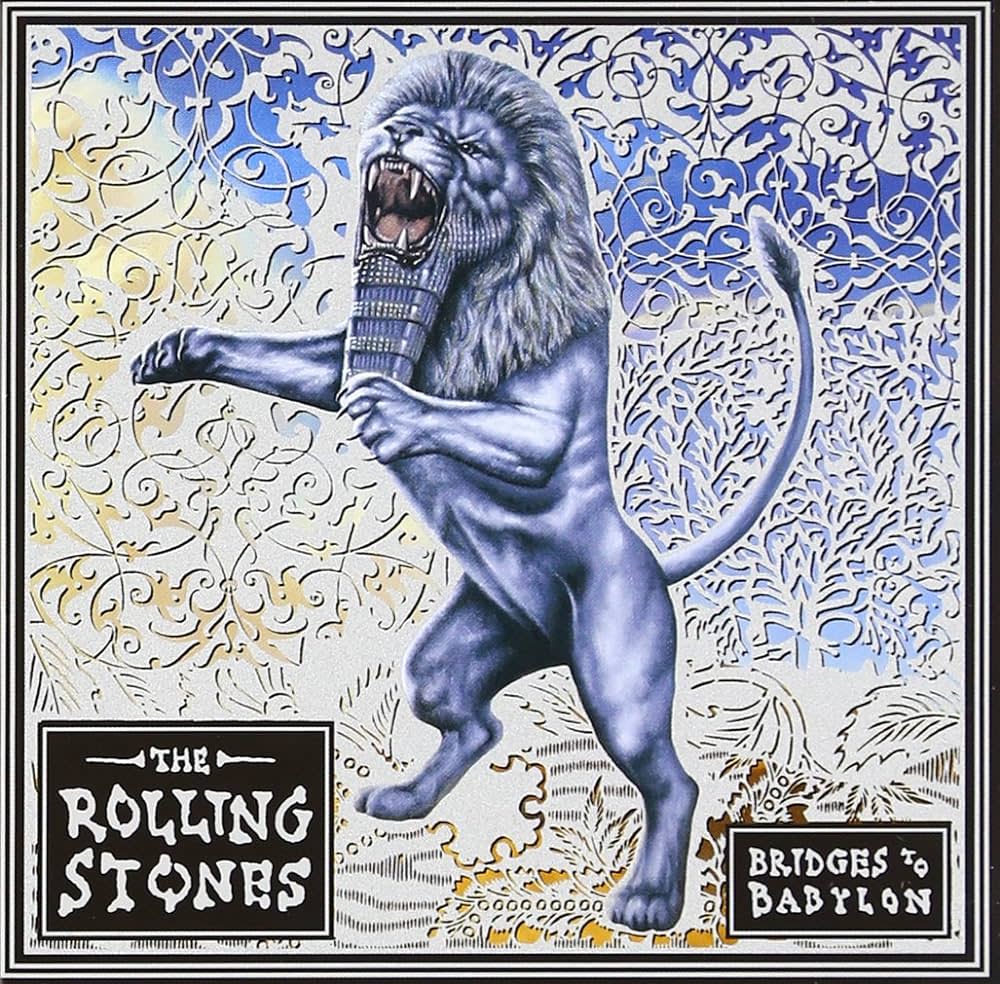
The push and pull between Jagger’s urge to adapt to the times and Richards’ desire to let the Stones be the Stones came to a head on Bridges to Babylon perhaps more than any other album. Jagger enlisted hip young hitmakers the Dust Brothers and Danny Saber to aid the Stones’ more traditionalist longtime producer Don Was, but Richards, grousing about the “loop gurus” updating the band’s sound, chased Saber out of the studio and sat out of playing on the single “Saint of Me.” Richards may have ultimately won that ideological battle – the three Dust Brothers-produced songs and the two Saber played on boast fairly minor traces of hip-hop or dance influences, and the band never attempted such overt modernization again. It speaks volumes that one of the only memorable melodies on the album is the chorus of “Anybody Seen My Baby?,” which resembled k.d. lang’s hit “Constant Craving” so closely that the Stones gave her a songwriting credit. “We’re provided with the occasional heaps of boogie freebasing – marshaled expertly by Don Was – and just the odd sparkle of a diamond,” wrote Paul Moody in the NME review.
22. Undercover (1983)
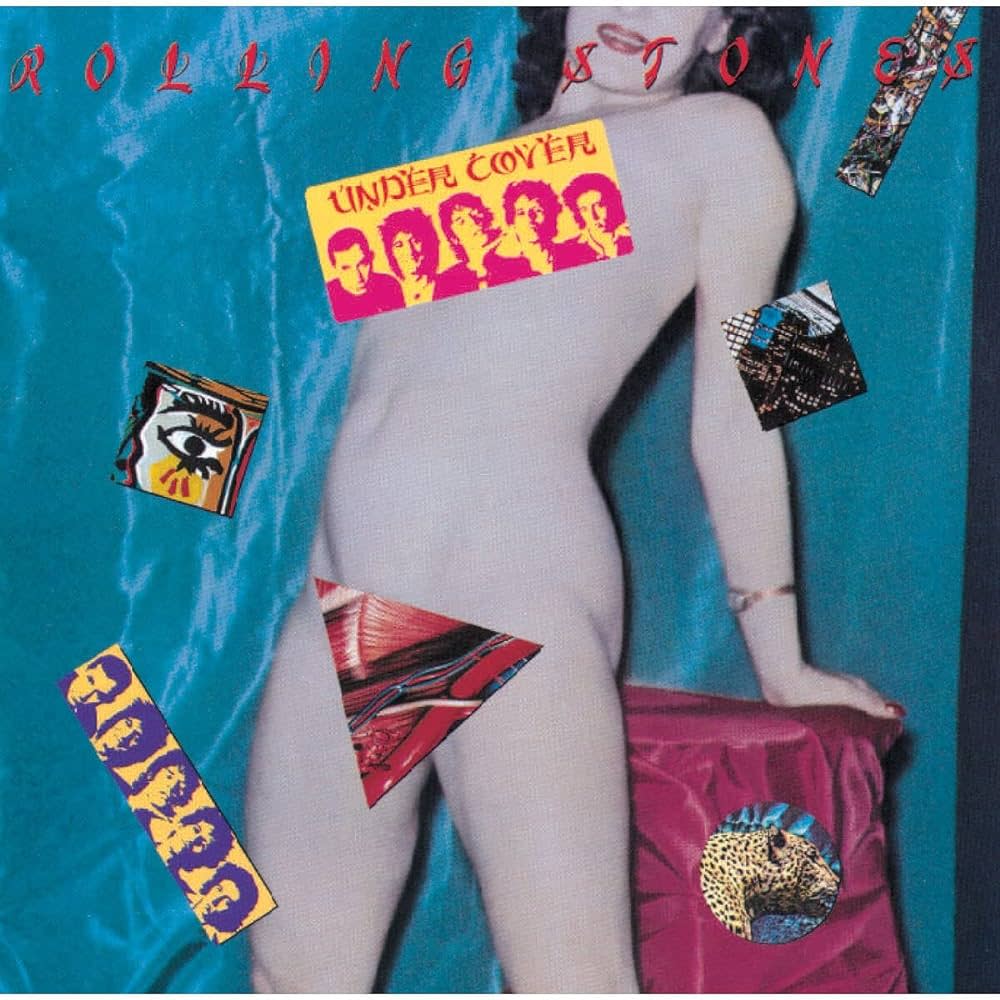
Chris Kimsey had been engineering Stones albums for more than a decade when he was promoted to co-producer on Undercover. Kimsey, who had also recently produced albums for Peter Tosh and Jimmy Cliff, presided over perhaps the most overtly reggae-influenced Stones album. Unfortunately, its gritty, bombastic singles weren’t especially radio-friendly, and Undercover broke the Stones’ streak of eight consecutive No. 1s on the Billboard 200.
21. The Rolling Stones (1964)
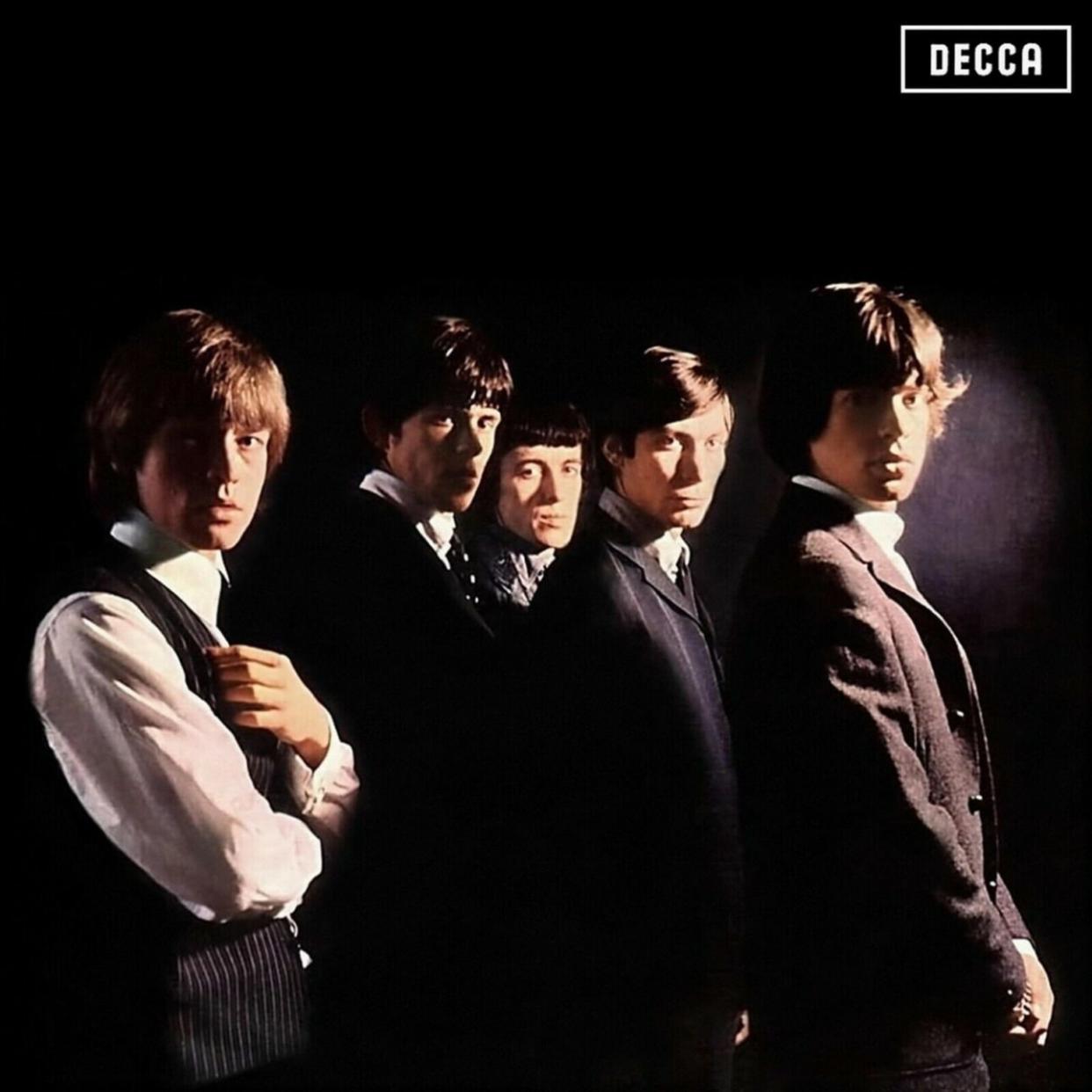
The first albums by all the major British Invasion bands mixed original material with covers of their American influences. And while the Beatles, the Who, and the Kinks all wrote several formidable songs for their debut LPs, only one Jagger/Richards song, the relatively forgotten acoustic ballad “Tell Me (You’re Coming Back)” appears on The Rolling Stones. As a portrait of a group of preternaturally charismatic and confident young guys, it’s a fascinating document, but far less essential than their contemporaries’ first efforts. The Stones were still merely doing their best impressions of Jimmy Reed and Willie Dixon instead of fashioning those songs into something to call their own in 1964, and the tambourine is often regrettably mixed higher than the drums.
20. Blue & Lonesome (2016)
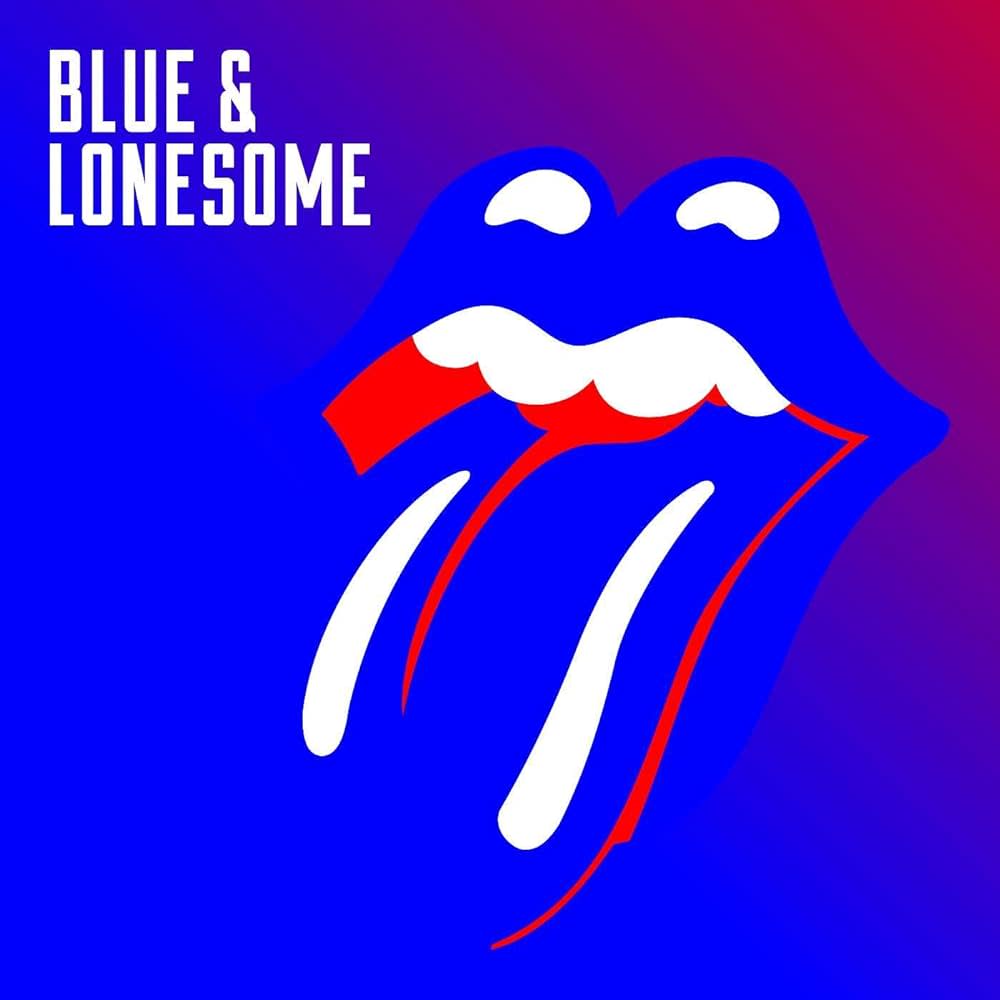
After 50 years of proving themselves as songwriters whose catalog reaches far beyond the Delta Blues, the Stones went back to the music that started it all with their first full-on covers album, faithfully recreating Jimmy Reed and Willie Dixon songs just as they had in 1964. Decades of experience and the weathering of time had made the Stones a better blues band in the 21st century than they were in their teen idol days, and Blue & Lonesome sounds great. The simple but stylishly reverb-heavy modern production creates a more fully realized mood than their early albums, and some of the best harmonica playing of Jagger’s career on songs like Little Walter’s Chicago blues classic “Just Your Fool.” Like any Stones covers, though, the recordings on Blue & Lonesome largely exist to point you towards all the great American records that made the band possible in the first place. “It’s as enjoyable and engaged as the band have seemed in quite some time,” Andy Gill wrote in The Independent.
19. Emotional Rescue (1980)
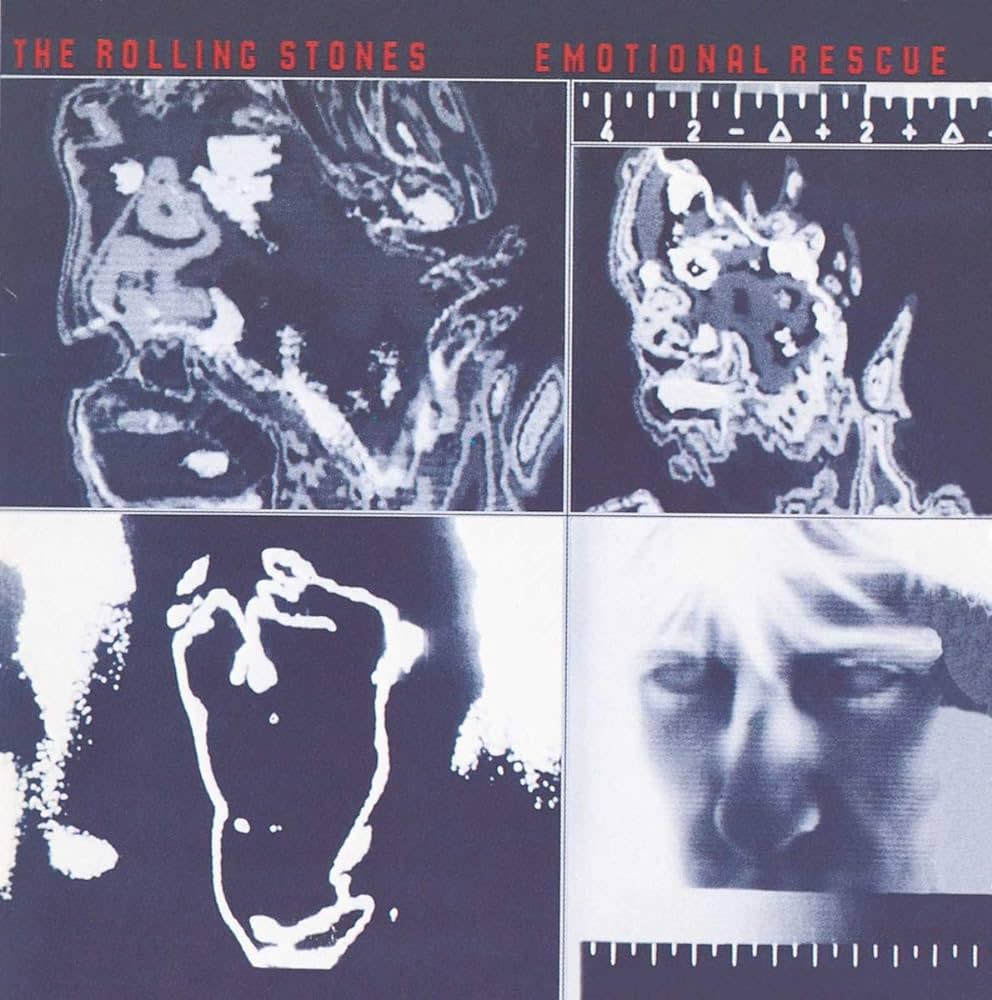
Sandwiched between two bigger, better records, Emotional Rescue is a reminder of how enjoyable even the minor albums from Stones’ imperial period can be. The title track is a fun trifle from the band’s brief but respectable flirtation with disco, highlighted by a snappy Watts groove and a playful Jagger falsetto. The Stones have more soul than they often get credit for, but Emotional Rescue is one album from them that’s all bravado and no introspection. “Familiar is an understatement. There’s hardly a melody here you haven’t heard from the Stones before,” wrote Ariel Swartley in the Rolling Stone review.
18. Steel Wheels (1989)
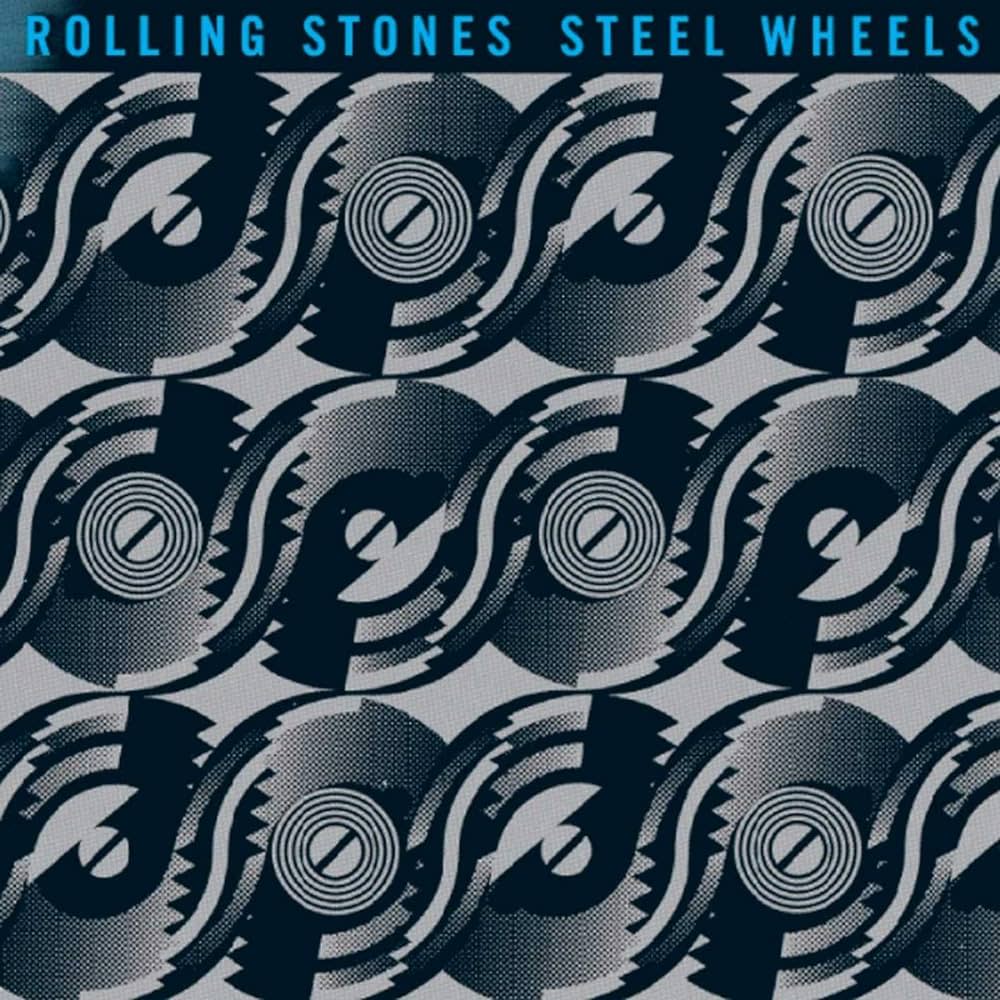
After feuds and health issues kept the Stones off the road for most of the ‘80s, the band ended the decade on a high point. They were inducted into the Rock & Roll Hall of Fame, Jagger and Richards were happily writing together again, and the band launched what was then the most profitable tour of all time (the record’s been broken many times since then, including twice by the Stones themselves). At a point when touring the back catalog was far more profitable than releasing new music, “Mixed Emotions” still provided the band its last American top 10 single. Wyman, playing on his final album before hanging up his bass, is full of feisty melodies on songs such as “Rock and a Hard Place,” and the man who later became the Stones’ full-time drummer, Steve Jordan, co-wrote the swooning “Almost Hear You Sigh.” Steel Wheels is confident and capable in ways their last couple albums hadn’t been, but also more impersonal and streamlined than subsequent efforts. Only “Continental Drift,” a collaboration with Morocco’s the Master Musicians of Jojouka, feels almost like a throwback to the uncommercial genre experiments of the Brian Jones-era Stones.
17. Hackney Diamonds (2023)

The last two Stones songs featuring Watts arrive about halfway through Hackney Diamonds, and faithful Stones fans might get a little choked up at the sound of that first familiar rat-a-tat snare fill on “Mess It Up.” All at once you recognize this is what the Stones really sound like. Steve Jordan, a hugely accomplished session drummer whose history with the Stones goes back to Dirty Work, does a lovely job keeping the grooves relaxed and steady on the other tracks, but nobody, truly nobody, plays with the same unhurried shuffle as Watts. Joining longtime Stones producer Don Was behind the boards is Andrew Watt, the 32-year-old Grammy winner equally at home making pop smashes with Justin Bieber and Post Malone or bringing legacy rockers like Ozzy Osbourne and Iggy Pop back to prominence. The bright, strident sound of the opening trio of songs co-written by Watt eventually gives way to more intimate moments like the countrified “Dreamy Skies” and a closing cover of the song that gave the band its name, “Rollin’ Stone” by Muddy Waters (presented here as “Rolling Stone Blues”). The seven-minute gospel-tinged “Sweet Sounds of Heaven,” assisted by Lady Gaga and Stevie Wonder, feels like a triumphant big swing at something they haven’t done before – a true rarity for the Stones in the 21st century.
16. A Bigger Bang (2005)
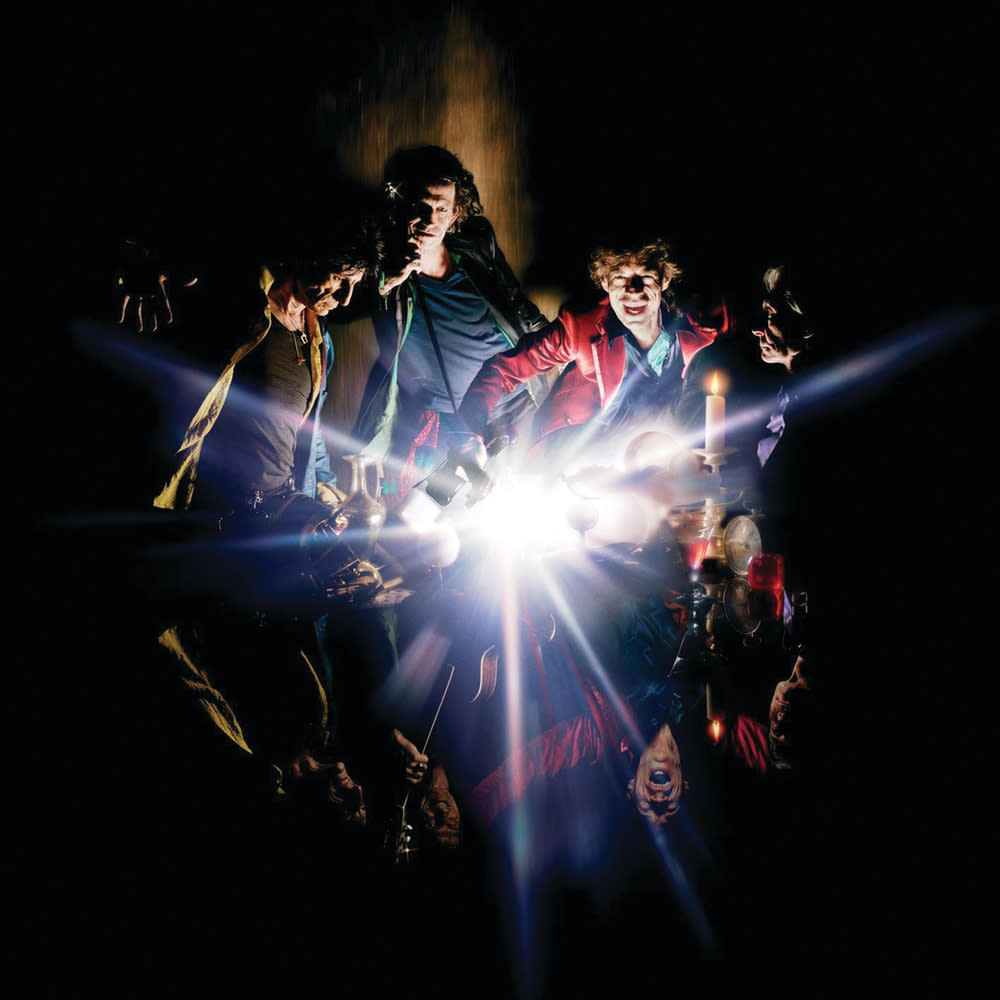
After decades of Jagger trying to drag the Stones into the contemporary pop landscape to the chagrin of Richards, the band finally returned to its bluesy roots on A Bigger Bang. It’s probably not because Richards won the power struggle, because Jagger is more engaged in the music than ever before here, playing guitar and/or bass on every track, with additional turns on vibraphone, harmonica, keyboards, and percussion. “Rain Fall Down” is proof that the band could still lay down a danceable groove without chasing after trendy new collaborators. Only “Streets of Love” sounds outright bad – unlike most aging bands, the Stones seem to get worse at ballads as they get older. “The real news flash is that the Stones have finally accepted that they truly are grown men. For once, they don’t seem concerned with competing with pop stars a third their age,“ wrote David Browne in Entertainment Weekly review.
15. Voodoo Lounge (1994)
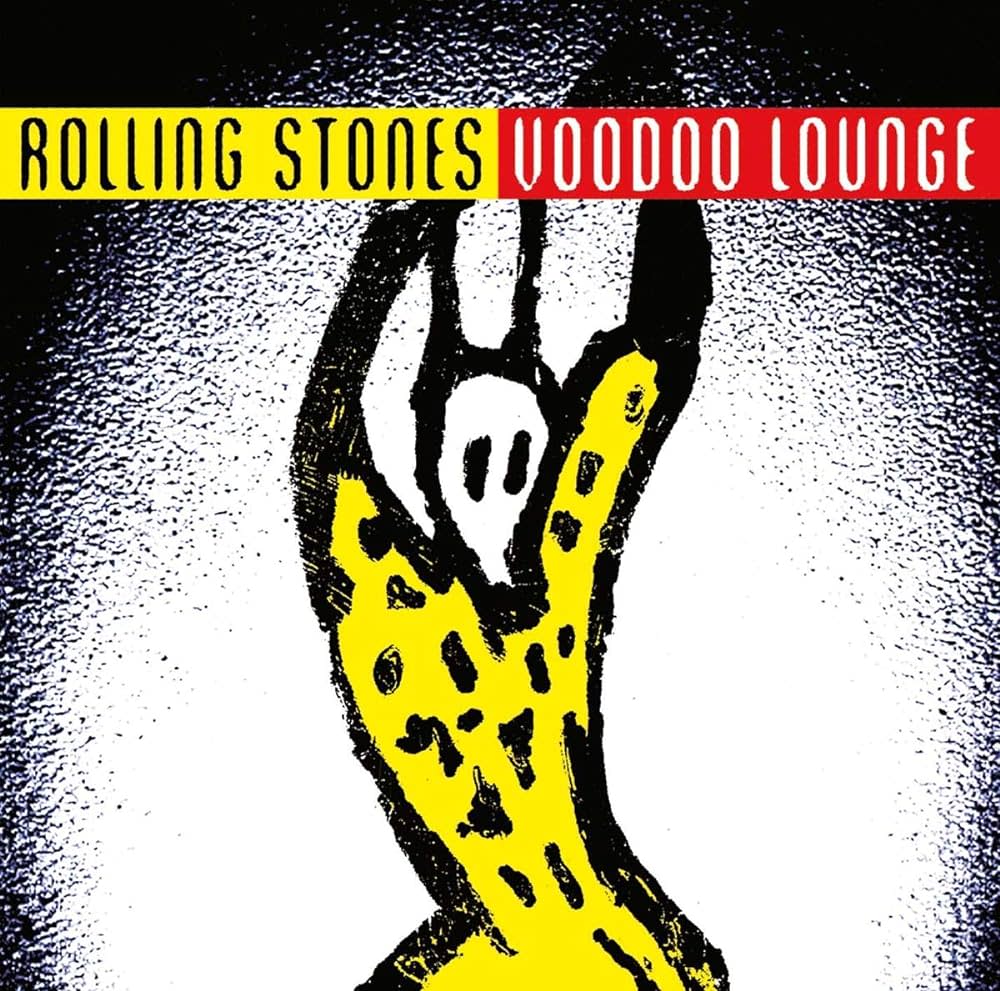
It’s become a rock critic cliché that every time the Stones release a new album, somebody somewhere will hype it as their “best since Tattoo You.” It feels foolish to play that game, but since we are ranking these albums, Voodoo Lounge is our pick for their best post-1981 LP. After rising to fame with his band Was (Not Was) and their funky 1988 novelty hit “Walk the Dinosaur,” Don Was became the unlikely savior of aging legacy rockers after producing Bonnie Raitt’s Grammy-winning Nick of Time. Was also produced Bob Dylan, Elton John, Bob Seger, and Ringo Starr with varying results, but after Voodoo Lounge, he’s been the Stones’ longest-tenured go-to producer for nearly three decades. Despite the absence of the newly retired Wyman, Voodoo Lounge captures the sound of the Stones just playing in a room better than any of their ‘80s albums, with occasional curveballs like the chamber pop of “New Faces,” which almost sounds like it could’ve been on Between the Buttons. The six-minute slow burner “Thru and Thru” is a masterpiece in the Richards songbook, and was used memorably by The Sopranos.
14. The Rolling Stones No. 2 (1965)
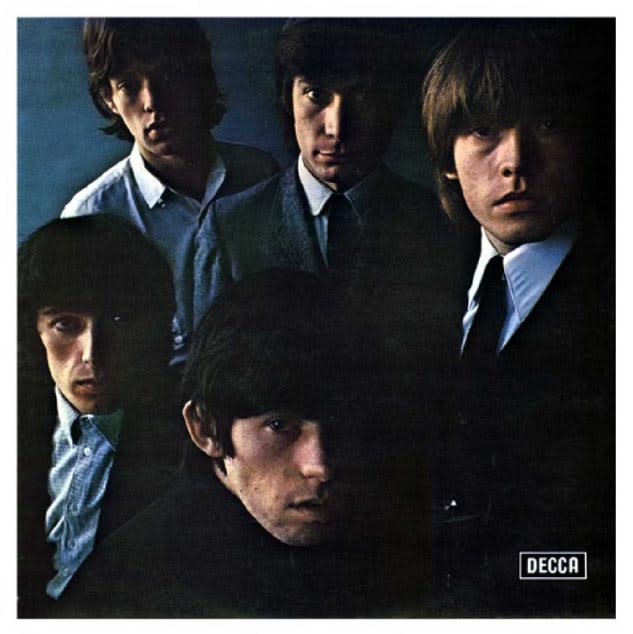
The Stones were one of the key “British Invasion” bands flooding the American charts in the wake of the Beatles’ early 1964 breakthrough, but they were actually the late bloomers of the scene, having landed their first U.S. top 10 hit only at the end of that year only after 10 months of smashes from the Dave Clark Five, the Animals, Manfred Mann, the Zombies, and others. The song that finally broke the Stones in the States was “Time Is on My Side,” a then-recent Irma Thomas B-side Jagger thoroughly made his own. Mick and Keith wrote three originals for The Rolling Stones No. 2, but covers were still the bulk of the band’s repertoire. “Off the Hook” features some of Brian Jones’ finest lead guitar, and they covered the Muddy Waters obscurity “I Can’t Be Satisfied” less than six months before writing their own similarly themed classic “(I Can’t Get No) Satisfaction.”
13. Their Satanic Majesties Request (1967)

1967 was the year psychedelic masterpieces like the Beatles’ Sgt. Pepper’s Lonely Hearts Club Band, the Jimi Hendrix Experience’s Are You Experienced?, and Pink Floyd’s Piper at the Gates of Dawn radically expanded the creative possibilities of rock music with trippy production experiments and surreal lyrical imagery. Jones had already been leading the Stones into new territory by incorporating a wide variety of unusual instruments, so it’s not entirely fair to assume the band was simply too earthbound and blues-based to handle the gauntlet thrown by Sgt. Pepper. Whether it was too many drugs, not enough drugs, or the wrong kinds of drugs, Their Satanic Majesties Request was a clumsy misfire compared to the contemporary albums by which it was clearly influenced. Its reputation has grown a little since the initial disappointment, with “She’s a Rainbow” becoming ubiquitous in films and commercials over the past decade. Curios like the only Wyman lead vocal in the Stones catalog, “In Another Land,” make it an intriguing, revealing look at a band which would never venture quite so far outside its comfort zone again.
12. It’s Only Rock ‘n Roll (1974)
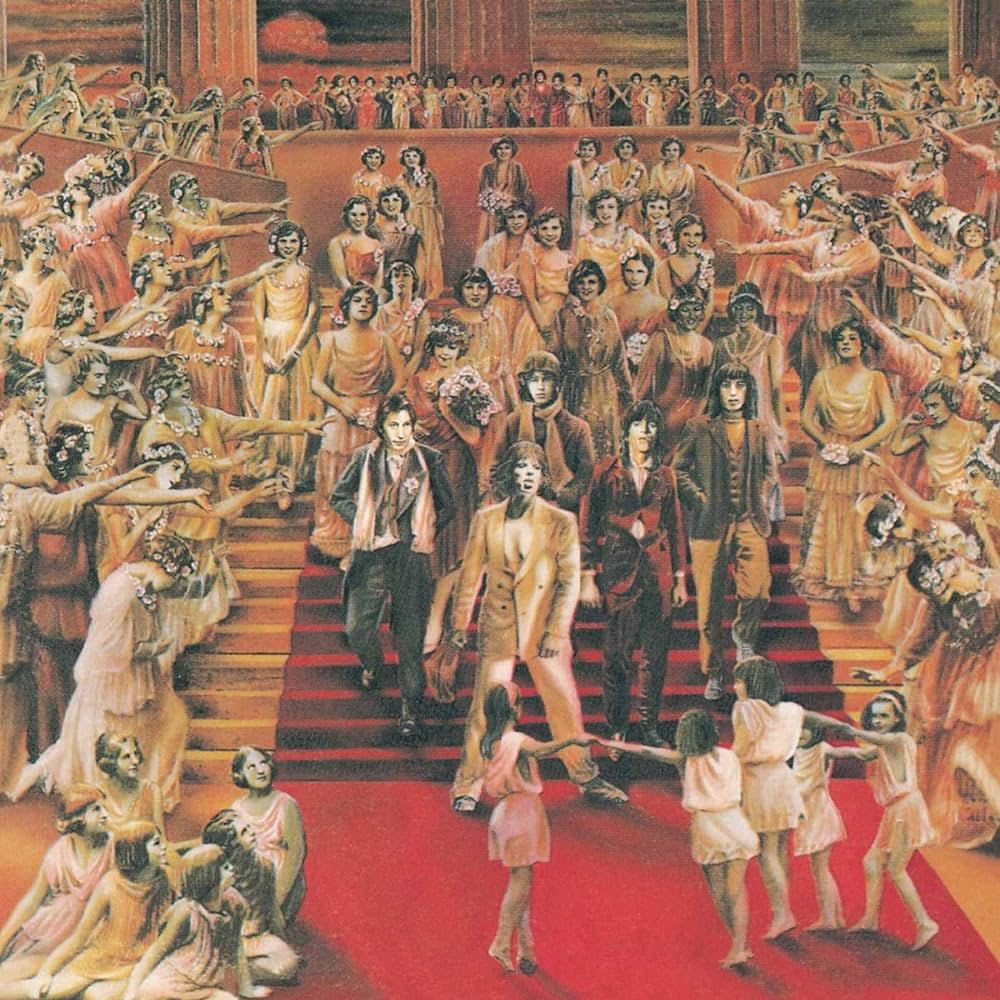
It’s not exactly a tragedy on the scale of Jones’ death, but letting go of Mick Taylor is one of the saddest unforced errors in Rolling Stones’ history. As a versatile guitarist, he was indispensable to the sound of several of the band’s best albums, and as a writer, he believed he deserved credit for several songs that were attributed solely to Jagger/Richards. When Taylor had to hear from a journalist that he wasn’t credited for “Till The Next Goodbye” and “Time Waits for No One” on It’s Only Rock ‘n Roll, that was his final straw, and the end of perhaps the greatest Stones lineup. The Glimmer Twins, the inside joke nickname by which Jagger and Richards credited their Stones production work, made its first appearance in the liner notes for It’s Only Rock ‘n Roll. The title track is both a definitive Stones song and barely a Stones song at all – Jagger recorded it in a one-off session with members of the Faces and David Bowie, and then let Richards overdub more guitar before finalizing the track. “I hear enough new hooks and arresting bass runs and audacious jokes to stretch over three ordinary albums, but I also hear rhymes that sound lazy without communicating with Father Time,” wrote Robert Christgau in the Village Voice.
11. Out of Our Heads (1965)
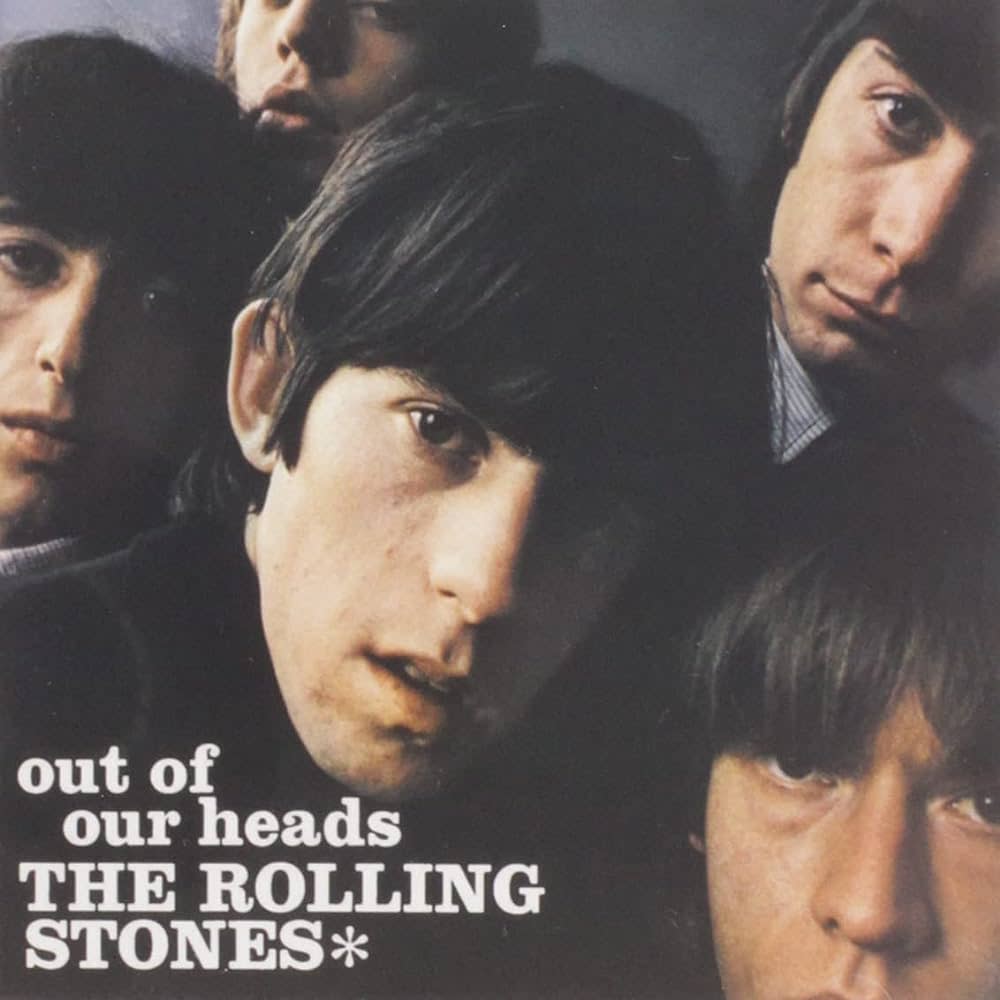
Jagger and Richards took a quantum leap forward as songwriters in 1965, but the canonical U.K. version of Out of Our Heads doesn’t really reflect that – “The Last Time” and “(I Can’t Get No) Satisfaction” were non-LP singles in the U.K. which only appeared on the American version of the album. Still, Andrew Loog Oldham’s growing abilities as a producer are evident throughout, along with the minor classic originals “I’m Free” and “Play With Fire.” Moving from blues oldies to contemporary soul in the band’s covers repertoire, Jagger sounds energized singing songs popularized by Marvin Gaye, Sam Cooke, and Otis Redding.
10. Black and Blue (1976)

After Taylor’s 1974 departure, the Stones extensively auditioned new guitar players, including established stars like Peter Frampton and Jeff Beck, during the recording of Black and Blue. Three of the guitarists vying for the gig wound up playing on the album: Wayne Perkins, Harvey Mandel, and Faces guitarist Ronnie Wood, who got the gig and has kept it for 47 years and counting. Black and Blue is one of the least energetic Stones albums, but that’s what makes it a good hang and an ideal Sunday afternoon album. The best songs, “Memory Motel” and “Fool To Cry,” are gems of electric piano-driven ‘70s Stones balladry.
9. Tattoo You (1981)

To release a song as iconic and legacy-defining as “Start Me Up” 17 years into your career is unheard of. So is quickly cobbling together an album out of unfinished outtakes from previous albums as an excuse to tour, and winding up with one of your best-selling releases. Tattoo You is the epitome of the kinds of absurd triumphs the Stones have repeatedly pulled out of their asses when they probably didn’t have a right to. Extended grooves like “Slave” and “Waiting on a Friend,” both featuring jazz legend Sonny Rollins, give the album a leisurely grace, and for once Wood gets in two songs, “Black Limousine” and the lovely “No Use in Crying.”
8. Goats Head Soup (1973)

Clavinets, wah-wah pedals, and Leslie speakers fill Goats Head Soup with murky psychedelia and gurgling funk-rock. It’s not exactly a Parliament album, but it has a distinctive, groove-heavy sound and lyrics full of urban paranoia like “Doo Doo Doo Doo Doo (Heartbreaker)” and “Dancing with Mr. D.” Goats Head Soup may now be seen as a relative letdown after a string of unimpeachable classics, but it sold far better than Exile on Main St. and has a gnarly charm with moments of disarming beauty. The twangy epic “Winter” may be Taylor’s masterpiece, although once again Jagger and Richards, the latter of whom doesn’t even play on the track, hogged all the songwriting credits for themselves. Richards also contributes one of his finest lead vocal performances, penning the ballad “Coming Down Again” about his girlfriend Anita Pallenberg.
7. Between the Buttons (1967)
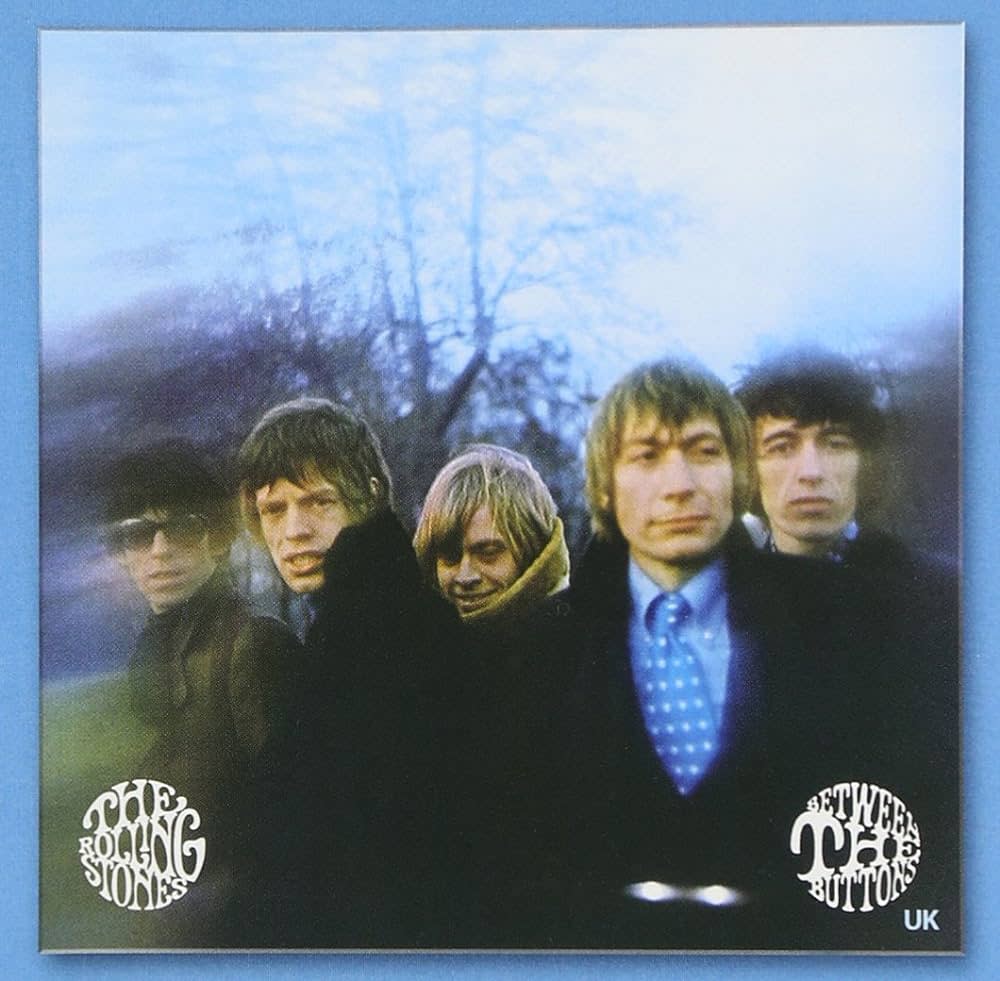
It might sound funny to say that the archetypal bad boys of rock made an album that could be described as “twee.” Between the Buttons, however, is a fetchingly bespoke potpourri of pop styles, its sound largely shaped by Jones jumping around the studio laying down overdubs of dulcimer, kazoo, tuba, recorder, accordion, and vibraphone. Appropriately, it’s the Stones album prominently featured in Wes Anderson’s ever-so-precious The Royal Tenenbaums. Once again, Americans got a superior version of the album thanks to the inclusion of the U.K. standalone singles “Let’s Spend the Night Together” and “Ruby Tuesday.”
6. Some Girls (1978)
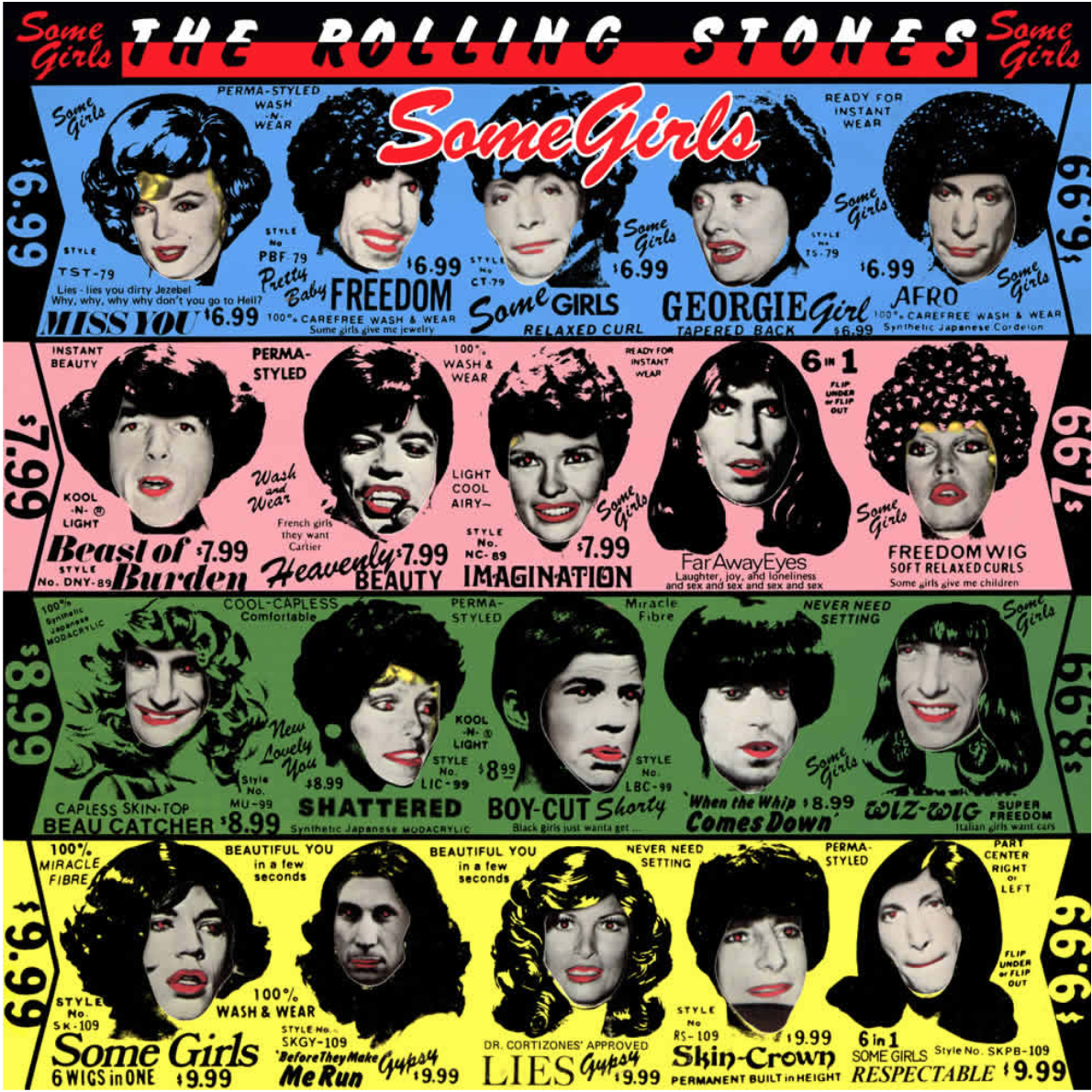
Wood never brought new musical dimensions and textures to the Stones like his predecessors Jones and Taylor – if anything, it was more like having two Keiths in the band. However, Wood’s tenure as a full-time member gets off to a bang on Some Girls, to this day the band’s most heavily played album on classic rock radio. Some Girls may also be Watts’ finest hour – he’s never sounded more fired up than on “Respectable,” and his idiosyncratic take on a four-on-the-floor dance groove made “Miss You” the greatest disco crossover song by a veteran rock act. Unfortunately, with its cringey references to the sexual predilections of different ethnic women, the lyrics of the title track have aged more poorly than any in Jagger’s huge, often problematic songbook.
5. Aftermath (1966)
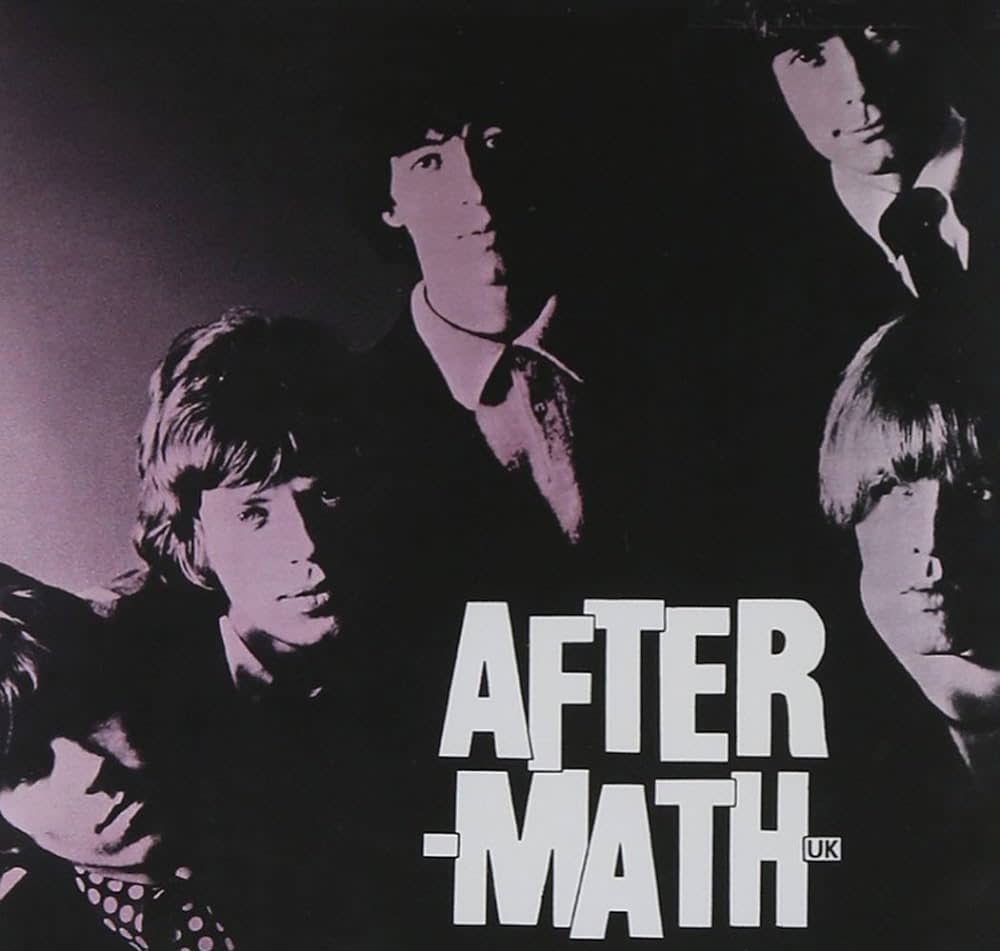
The first Stones album comprised entirely of original songs made a compelling argument that Jagger/Richards could more than hang with Lennon/McCartney. It also confirmed, via “Stupid Girl” and “Under My Thumb,” that the misogyny and condescension to women that they’d picked up secondhand in some of their blues covers was going to remain a feature of their own songwriting for the foreseeable future. The 11-minute blues odyssey “Going Home” displaced Bob Dylan’s “Desolation Row” as the longest album track by a major rock artist, and is still by some distance the longest Stones song. The American edition of the album opens with the towering “Paint It, Black,” but even without it, Aftermath is the jewel of the Stones’ early years.
4. Let It Bleed (1969)
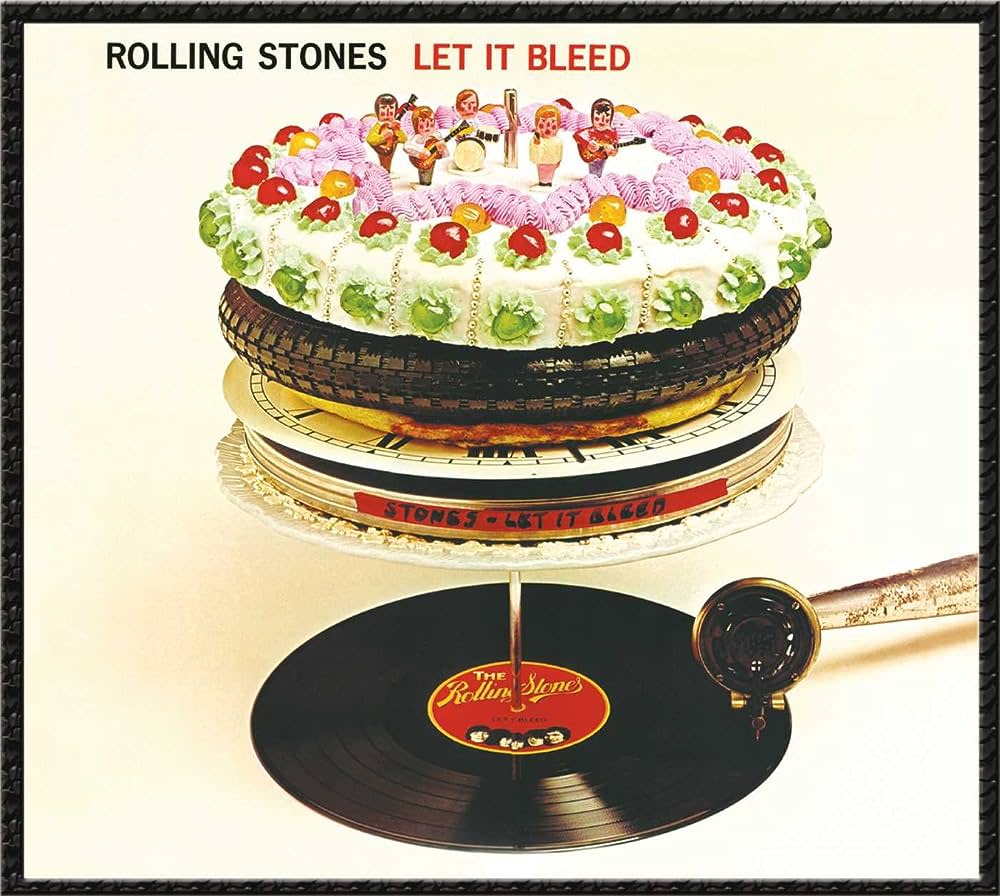
The simplified view of the Stones’ guitarists is that Richards is the unrivaled master of the riff, while the second guitarist tends to add more texture and extemporization. Let It Bleed, recorded in between the Jones and Taylor eras with minor contributions from both, is the album where Richards plays nearly every guitar part and gets to show what he’s truly capable of. The interwoven guitars on “Gimme Shelter” may be the most impressive and mesmerizing thing Richards has ever done. “You Can’t Always Get What You Want” is, however, the first Stones song Jagger played guitar on, both in the studio and live, in the legendary concert film The Rolling Stones Rock and Roll Circus. Released between Jones’ death and the outbreak of violence at the Altamont Speedway Free Festival, Let It Bleed has a dark aura that seems to reflect how grim things were becoming around the band in 1969. If anything puts Let It Bleed behind the other albums from the band’s late ‘60s/early ‘70s peak, it’s the inclusion of the plodding “Country Honk” instead of the upbeat single version, “Honky Tonk Women.”
3. Exile on Main St. (1972)
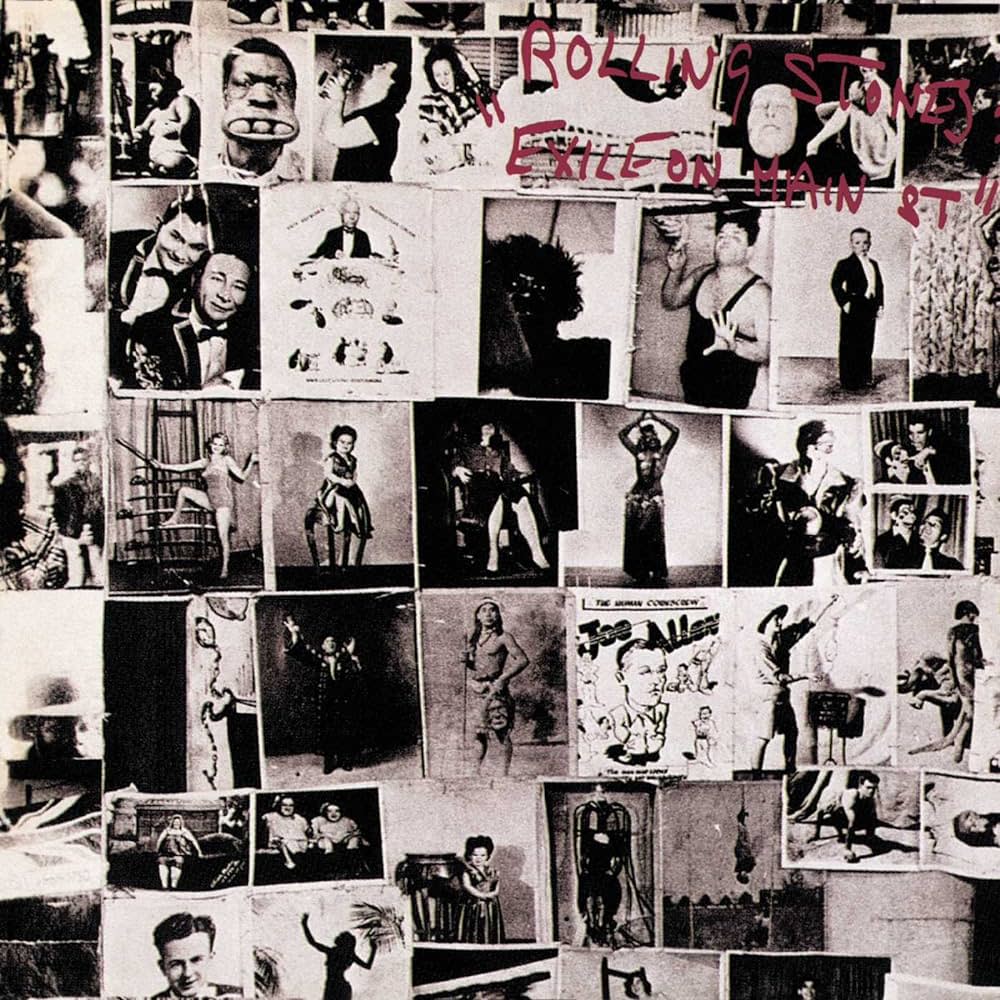
Who you favor in the tug-of-war between Jagger and Richards probably has a heavy bearing on whether Exile on Main St. is your favorite Stones album. Jagger always decried the muddy mix, which sometimes buries the vocals far more than any other Stones record, while Richards, whose signature song “Happy” was the album’s second single, has always seemed far more pleased with its slow rise to consensus acclaim after middling early reviews. Most iconic classic rock double albums are ambitious and exhausting by design, with bands letting every member pitch in on songwriting, or stretching songs out into extended jams and genre experiments. Exile, by contrast, is one of the least adventurous Stones albums, but it’s a strangely breezy 67-minute listen that makes you feel like you’re in the basement of Richards’ French villa, listening to the band knock out one elegantly wasted anthem after another.
2. Beggars Banquet (1968)

As always, even the Stones’ best ‘60s albums could have been even better if the demands of the U.K. charts didn’t necessitate a steady stream of non-album singles. “Jumpin’ Jack Flash” was recorded in the same sessions as Beggars Banquet, but preceded the album by several months, serving as the wake-up call that Their Satanic Majesties Request was just a brief detour before the Stones returned rocking harder than ever. “Sympathy for the Devil” may have been dulled by decades of ubiquity, but nothing can diminish the nerve of Jagger singing “Who killed the Kennedys?” in a vocal recorded mere days after Robert F. Kennedy’s assassination. Richards had made his first lead vocal cameo on Between the Buttons, but “Salt of the Earth” is the real introduction of the kind of rootsy side two Keith showcase that would become a staple of nearly every subsequent Stones album.
1. Sticky Fingers (1971)
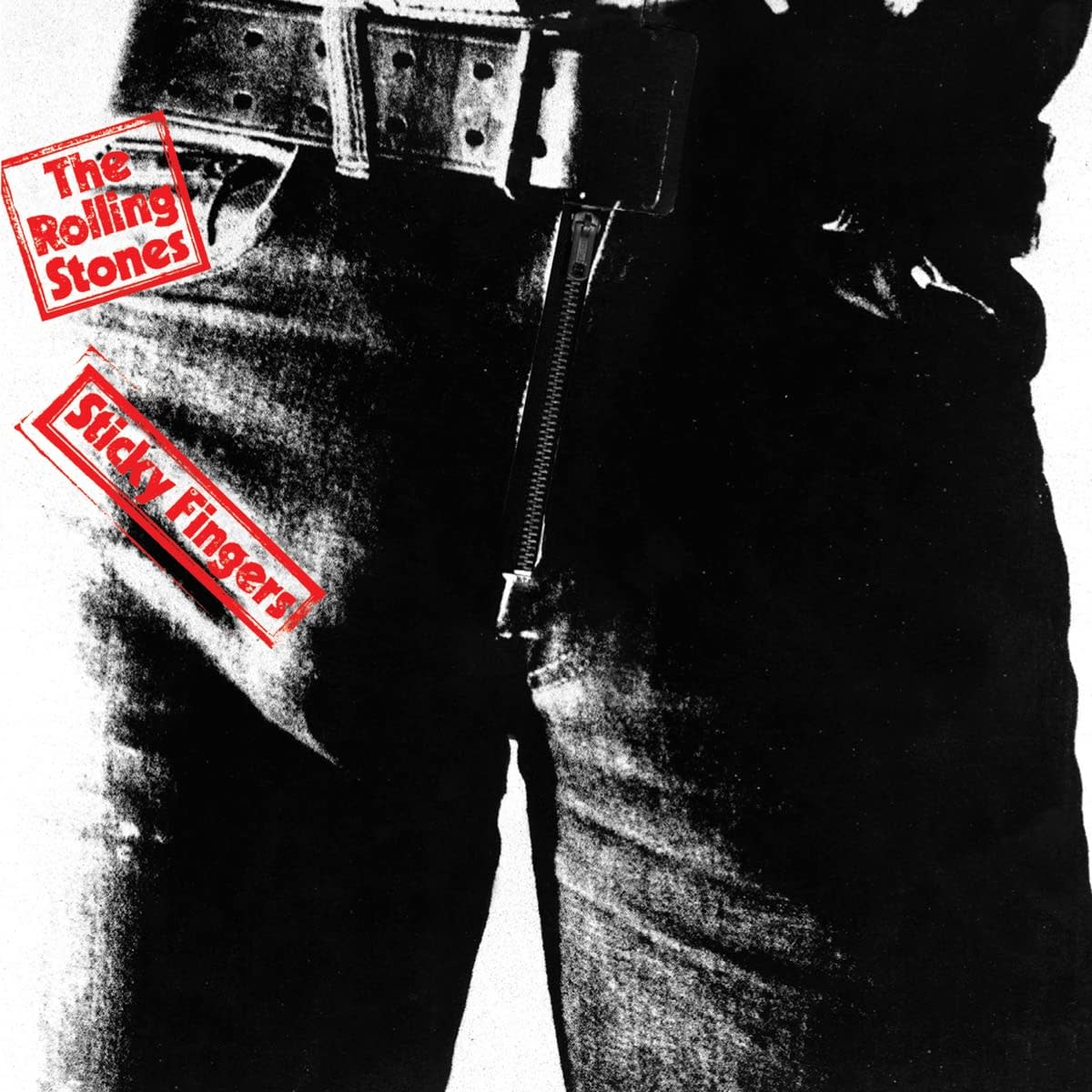
The 1970 breakup of the Beatles and a string of high profile rock star deaths including Jimi Hendrix, Janis Joplin, and the Stones’ own Brian Jones contributed to a pervasive sense that the party was over, and that the exhilaration of the ‘60s was tapped out. Instead of reading the room, the Stones made Sticky Fingers and kept the party going for another 50+ years. There’s plenty of melancholy on the album, and “Wild Horses” and “Dead Flowers” established Jagger and Richards as the greatest dabbling country songwriters in rock star history. The band’s first full album with Taylor established above all else, though, that the Stones were not going to stop having a good time, and that a little darkness and adversity only seemed to give their hedonistic anthems more depth and resonance. Fellow survivors the Who helped invent arena rock on Who’s Next in 1971, but the Stones simply refined their slippery, slouching grooves, resisting the bombast that would define rock in the new decade. “Some of it is stupid, and some of it is just plain bad. I play it all the time, and the more I play it, the louder I play it,” Greil Marcus wrote in Creem.
To see our running list of the top 100 greatest rock stars of all time, click here.
